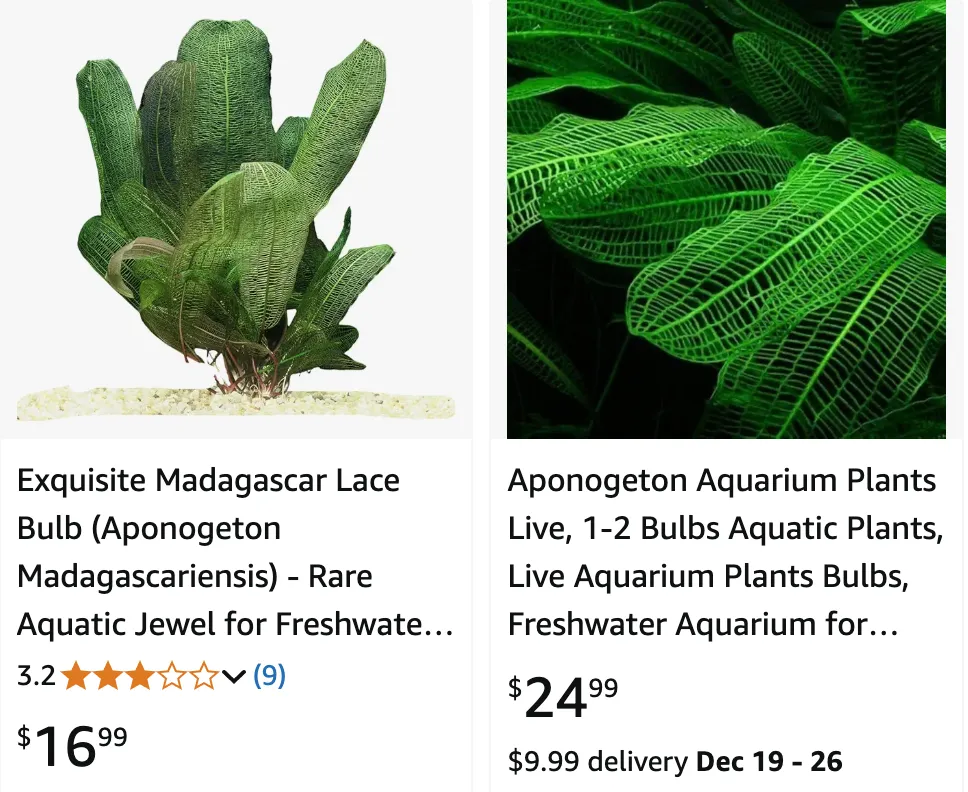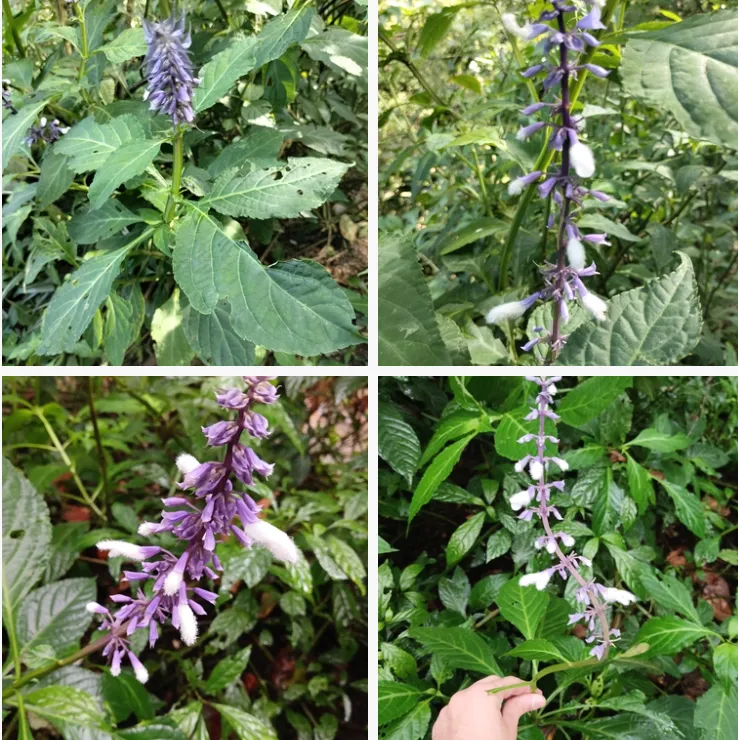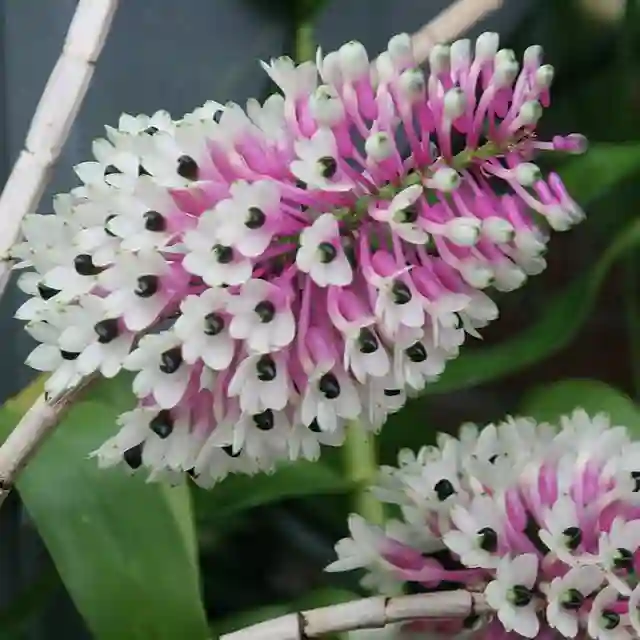
December 28 – Aponogeton
"Aponogeton, the water lily, represents December 28."
Aponogeton symbolizes peace and calm. Your serene nature brings tranquility to those around you. Like the water lily, you remain composed and elegant, no matter the circumstances.
Exploring the Aponogetonaceae Family: My Journey with Aponogeton
When I first ventured into the world of aquatic plants, I stumbled upon the Aponogetonaceae family, specifically the Aponogeton genus. This family of plants has intrigued me with its beauty and adaptability, making it a wonderful addition to any aquatic environment. I want to share my experiences and insights about Aponogeton, including its characteristics, care tips, and the overall aesthetic appeal it brings to aquariums and ponds.
What Is the Aponogetonaceae Family?
The Aponogetonaceae family is a group of flowering plants that primarily thrive in freshwater habitats. This family consists of various genera, but the most well-known is Aponogeton. These plants are commonly found in Africa, Madagascar, and some parts of Asia. What drew me to Aponogeton was its unique ability to adapt to different aquatic environments, making it a favorite among aquarists and gardeners alike.
Characteristics of Aponogeton
Aponogeton species are known for their distinctive, often wavy leaves that can vary significantly in shape and size. Some species have long, ribbon-like leaves, while others feature broader, more rounded foliage. I’ve found that these variations add visual interest to any aquatic setup.
One of the most captivating aspects of Aponogeton is its flowering habit. The plants produce delicate flowers that can float on the surface of the water, showcasing white, yellow, or even pink hues, depending on the species. I remember the first time I saw my Aponogeton bloom; it was a breathtaking sight that transformed my aquarium into a living art piece.
A Diverse Genus
The genus Aponogeton encompasses a wealth of species, each with its own unique characteristics. Here are:
- Aponogeton boivinianus: Known for its large, robust leaves, this species is a popular choice for larger aquariums.
- Aponogeton crispus: This Sri Lankan native is prized for its wavy, translucent leaves and relative ease of cultivation.
- Aponogeton madagascariensis: Also known as the Madagascar lace plant, this species is famous for its delicate, skeletal leaves. Plant FAQs: Aponogeton Madagascariensis – Lace Plant
- Aponogeton ulvaceus: This species boasts long, ribbon-like leaves that add a graceful touch to any underwater landscape. Plant FAQs: Aponogeton Ulvaceus
- Aponogeton undulatus: With its distinctive wavy leaf margins, this species is a common and adaptable aquarium plant.
- Aponogeton abyssinicus Hochst. ex A.Rich.
- Aponogeton afroviolaceus Lye
- Aponogeton angustifolius Aiton
- Aponogeton appendiculatus H.Bruggen
- Aponogeton azureus H.Bruggen
- Aponogeton bernierianus (Decne.) Hook.f.
- Aponogeton bogneri H.Bruggen
- Aponogeton bruggenii S.R.Yadav & Govekar
- Aponogeton bullosus H.Bruggen
- Aponogeton capuronii H.Bruggen
- Aponogeton cordatus Jum.
- Aponogeton cuneatus S.W.L.Jacobs
- Aponogeton dassanayakei Manaw. & Yakand.
- Aponogeton decaryi Jum. ex Humbert
- Aponogeton desertorum Zeyh. ex Spreng.
- Aponogeton dioecus Bosser
- Aponogeton distachyos L.f.
- Aponogeton eggersii Bogner & H.Bruggen
- Aponogeton elongatus F.Muell. ex Benth.
- Aponogeton euryspermus Hellq. & S.W.L.Jacobs
- Aponogeton fotianus J.Raynal
- Aponogeton fugax J.C.Manning & Goldblatt
- Aponogeton gottlebei Kasselm. & Bogner
- Aponogeton hexatepalus H.Bruggen
- Aponogeton jacobsenii de Wit
- Aponogeton junceus Lehm.
- Aponogeton kannangarae M.A.Silva, Deshaprema & Manamperi
- Aponogeton kimberleyensis Hellq. & S.W.L.Jacobs
- Aponogeton lakhonensis A.Camus
- Aponogeton lancesmithii Hellq. & S.W.L.Jacobs
- Aponogeton longiplumulosus H.Bruggen
- Aponogeton loriae Martelli
- Aponogeton masoalaensis Bogner
- Aponogeton natalensis Oliv.
- Aponogeton natans (L.) Engl. & K.Krause
- Aponogeton nateshii S.R.Yadav
- Aponogeton nudiflorus Peter
- Aponogeton prolifer Hellq. & S.W.L.Jacobs
- Aponogeton queenslandicus H.Bruggen
- Aponogeton ranunculiflorus Jacot Guill. & Marais
- Aponogeton rehmannii Oliv.
- Aponogeton rigidifolius H.Bruggen
- Aponogeton robinsonii A.Camus
- Aponogeton satarensis Sundararagh., A.R.Kulk. & S.R.Yadav
- Aponogeton schatzianus Bogner & H.Bruggen
- Aponogeton stuhlmannii Engl.
- Aponogeton subconjugatus Schumach. & Thonn.
- Aponogeton tenuispicatus H.Bruggen
- Aponogeton tofus S.W.L.Jacobs
- Aponogeton troupinii J.Raynal
- Aponogeton vallisnerioides Baker
- Aponogeton vanbruggenii Hellq. & S.W.L.Jacobs
- Aponogeton viridis Jum.
- Aponogeton wolfgangianus S.R.Yadav
- Aponogeton womersleyi H.Bruggen
Cultivating Aponogeton
Growing Aponogeton has been a rewarding experience. These plants prefer a substrate that allows for good drainage while retaining some moisture. I use a mix of gravel and nutrient-rich soil to provide the best environment. Water temperature plays a crucial role as well; most Aponogeton species thrive in temperatures ranging from 68°F to 80°F.
I’ve also learned that Aponogeton can benefit from periodic fertilization. Liquid fertilizers high in potassium and trace elements have worked wonders for me, promoting robust growth and vibrant blooms.
Aponogeton in Aquatic Ecosystems
Integrating Aponogeton into my aquatic ecosystem has proven beneficial for both the plants and the fish. The leaves provide shelter for smaller fish and shrimp, while the flowers attract beneficial pollinators. I’ve noticed my aquarium thriving with a diverse range of aquatic life since I added Aponogeton.
Another perk is that these plants help improve water quality by absorbing excess nutrients, contributing to a balanced ecosystem. This makes Aponogeton not only aesthetically pleasing but also functional in maintaining a healthy aquatic environment.
Challenges and Solutions
While I love growing Aponogeton, it hasn’t been without challenges. One common issue I’ve faced is the plant’s tendency to go dormant, especially in low-light conditions. During dormancy, Aponogeton can lose its leaves, which worried me at first. However, I learned that this is a natural cycle, and with proper care, it will bounce back.
To combat this, I’ve adjusted my lighting and provided nutrient-rich fertilizers during its active growth period. Patience is key. Once I embraced the plant’s natural cycles, I found it much easier to care for and enjoy.
Conclusion: My Love for Aponogeton
The Aponogetonaceae family, particularly the Aponogeton genus, has enriched my aquatic gardening journey. The visual appeal, ease of care, and ecological benefits make these plants a must-have for any aquarist or gardener. As I continue to learn and grow alongside Aponogeton, I look forward to sharing my experiences and expanding my collection further.
If you’re considering adding Aponogeton to your aquarium or pond, I wholeheartedly recommend it. With a bit of knowledge and care, you’ll find yourself captivated by the beauty and resilience of these remarkable plants.
If i die, water my plants!



